1. Celebrating Groundhog Day
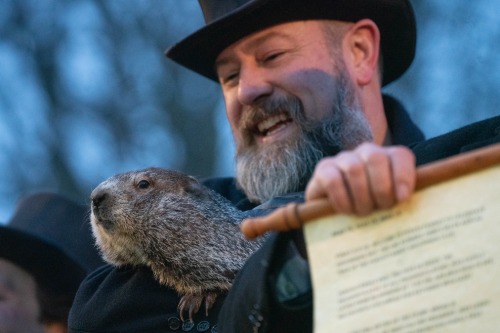
Every February 2nd, crowds gather in Pennsylvania to see if a groundhog named Punxsutawney Phil sees his shadow. If he does, legend says there will be six more weeks of winter; if not, spring will come early. While it sounds absurd to base weather predictions on a rodent, the event draws huge media coverage and massive crowds. It’s part tradition, part spectacle, and 100% confusing to outsiders, according to Avery Keatley from NPR.
Groundhog Day has roots in European folklore but has evolved into a very American blend of kitsch and celebration. Foreign visitors often can’t believe how seriously it’s taken—or that it still happens at all. Yet for Americans, it’s a nostalgic slice of winter fun that doesn’t need to make sense. It’s more about community and tradition than accurate meteorology.
2. Thanksgiving Turkey Pardoning
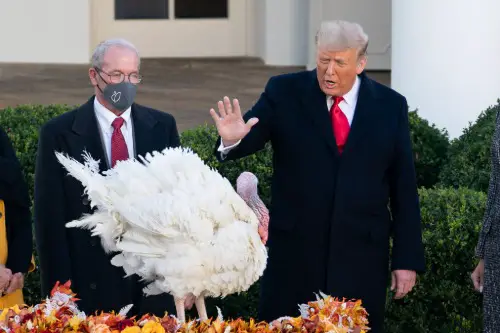
Each year before Thanksgiving, the President of the United States participates in a lighthearted ceremony to “pardon” a live turkey, sparing it from being eaten, Emily Hung from CBS News explains. This tradition, while symbolic and humorous, often leaves foreign visitors scratching their heads. Why save one turkey when millions more will be roasted the next day? Still, Americans enjoy the spectacle and treat it as a quirky pre-holiday kickoff.
The ceremony is broadcast nationally and includes jokes, photo ops, and sometimes even names for the birds. It’s not rooted in any deep historical significance—just a modern tradition born from presidential whimsy. Foreigners often find the concept bizarre, especially given how solemn and family-centered Thanksgiving is. But for Americans, it’s just another unique twist on holiday festivities.
3. Over-the-Top Prom Celebrations

American high school proms are extravagant, glitzy affairs complete with limousines, sequined gowns, tuxedos, and professional photos. Students spend weeks, even months, preparing for the big night, treating it like a life milestone, according to Camille Fine from USA TODAY. For many foreigners, this level of glamor for a school dance is over-the-top and bewildering. In other countries, end-of-school events are far simpler and less dramatic.
In the U.S., prom is considered a rite of passage—a moment of youthful magic before adulthood kicks in. The preparation, the drama, the traditions—all of it creates a Hollywood-like experience. Foreigners may be shocked at how much time and money go into it, but for many teens, it’s worth every penny. It’s not just a dance—it’s a memory-maker.
4. Black Friday Shopping Frenzy

The day after Thanksgiving, Americans line up before dawn—or even overnight—to storm stores for deep discounts on everything from TVs to toasters. It’s chaotic, intense, and often involves pushing, running, and shouting over deals, according to Sarah Ayoub from The Guardian. For many foreigners, the frenzy over consumer goods feels unnecessary and a bit dystopian. But for Americans, it’s part tradition, part adrenaline rush, and often a family affair.
Black Friday has become more than just a shopping day—it’s an unofficial holiday of its own. People plan strategies, scout ads in advance, and take pride in scoring the best deals. While outsiders may see madness, Americans see excitement and a competitive edge. It’s capitalism in its purest, most unfiltered form.
5. The Pledge of Allegiance in Schools
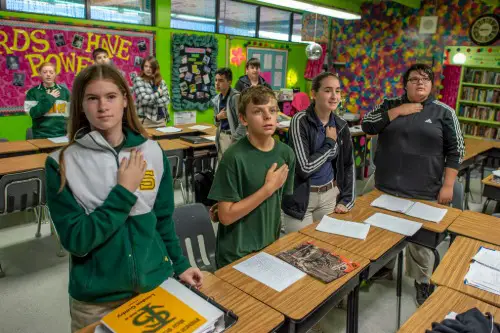
Every school morning across the U.S., students stand, face the flag, place their hand over their heart, and recite the Pledge of Allegiance, Brad Dress from The Hill explains. This daily ritual is seen as a symbol of national pride and unity. But to many foreign visitors, it can feel eerily like state indoctrination. Few countries incorporate such overt patriotism into their education systems.
For Americans, it’s just another part of school routine—so ingrained that it’s often taken for granted. The act is intended to instill respect for the country and its values. Still, the idea of pledging allegiance every day feels strange and excessive to many foreigners. It raises questions about freedom of expression and individuality, even in youth.
6. Obsession with Peanut Butter
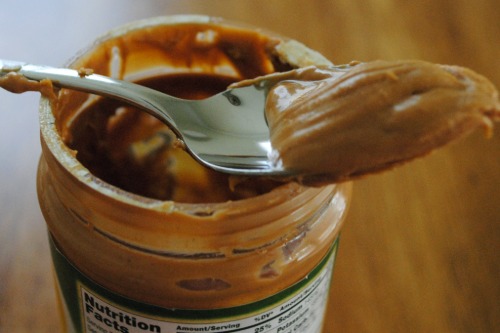
Americans absolutely love peanut butter—it shows up in sandwiches, desserts, sauces, and even burgers. The average American eats several pounds of it per year, often beginning in childhood. Foreigners often find the texture odd and the flavor surprisingly rich or salty. Some even describe their first taste as a mild shock.
While many countries treat peanuts as snacks or garnishes, Americans elevate peanut butter to culinary staple status. It’s nostalgic, convenient, and considered comfort food across generations. For those unfamiliar, the obsession may seem excessive or quirky. But once they try a peanut butter and jelly sandwich, some start to get it.
7. Extreme College Sports Fandom
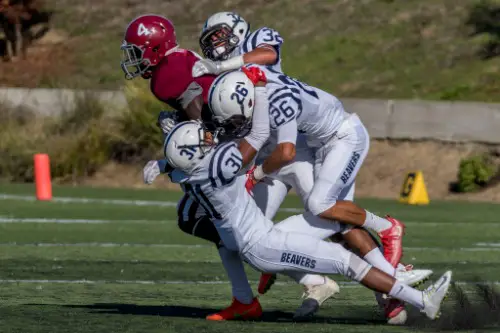
In America, college sports—especially football and basketball—are followed with near-religious devotion. Massive stadiums sell out, fans travel cross-country, and entire towns shut down for game day. Foreigners are often stunned by the size of the crowds and the emotional investment in teams composed of students. It’s a level of intensity typically reserved for professional leagues elsewhere.
Tailgating, chants, mascots, and rivalries all feed into a massive culture that starts young and lasts for life. College athletes can become local legends before they even turn pro. To Americans, supporting your alma mater is more than tradition—it’s personal pride. To outsiders, it’s surprising that university games can feel like national events.
8. Free Refills Everywhere

In most American restaurants, ordering a soda means getting unlimited refills—often without even asking. A server will quietly top off your drink again and again, sometimes before you’ve finished. For visitors used to paying for each drink separately, this feels like generous overkill. But to Americans, it’s a sign of good service and great value.
This tradition can be baffling to tourists, who may not be used to such casual abundance. In countries where drinks are expensive, one refill—let alone multiple—is unheard of. Americans, though, appreciate the bottomless cup and expect it as part of the dining experience. It’s a small luxury that’s become a cultural norm.
9. Tipping Culture

Tipping in America is more than customary—it’s practically mandatory, with 15–25% expected in restaurants. Visitors often struggle with when, how much, and why to tip. In many other countries, service charges are included, making the U.S. model confusing and stressful. Failing to tip properly can even offend servers, creating awkward encounters.
For Americans, tipping is viewed as a reward for good service and a social obligation. It’s built into the system, especially since many service workers earn lower base wages. Still, it creates an invisible layer of pressure for visitors who aren’t used to it. More than one traveler has asked, “Why not just pay staff a proper wage?”
10. Smiling at Strangers

Americans are often quick to smile or make small talk with strangers—on the street, in elevators, or at the grocery store. For foreigners from more reserved cultures, this friendliness can seem superficial or even intrusive. But in the U.S., smiling is seen as polite and welcoming, a gesture of openness rather than personal connection. It’s a social lubricant that helps grease the wheels of daily life.
This behavior is deeply ingrained and often unconscious. People aren’t necessarily trying to make friends; they’re just being courteous. For visitors, it can feel odd to be greeted so warmly by someone they’ve never met. But once they settle in, many grow to appreciate the casual friendliness.
11. Sweet Potatoes with Marshmallows

One of the more baffling Thanksgiving dishes for outsiders is sweet potato casserole topped with gooey marshmallows. To foreigners, it seems like dessert pretending to be a side dish. The combination of earthy root vegetable and sticky-sweet topping is unlike anything found in most global cuisines. But for many Americans, it’s pure comfort food and a must-have on the holiday table.
The dish is rooted in 20th-century marketing, but it’s become a tradition in many households. It’s not about flavor balance so much as nostalgia and holiday indulgence. Foreign guests often try it out of curiosity—and some even grow to love it. Others, however, remain politely puzzled.
12. Celebrating Halloween Like It’s a National Holiday
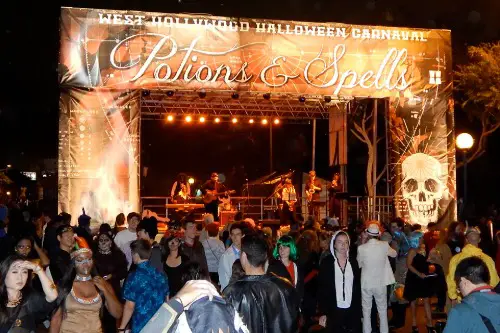
In America, Halloween is more than a single night—it’s a full-blown season. Houses are decked out with elaborate decorations, parties are thrown, and costumes are planned weeks in advance. For foreigners, the scale of Halloween can be shocking, especially when adults get just as into it as kids. In many other countries, Halloween is barely acknowledged or seen as a children’s event.
Americans embrace the spooky fun as a chance to be playful, creative, and communal. It’s not just about candy—it’s about connecting with neighbors, telling stories, and temporarily escaping reality. While it may seem excessive, many visitors end up loving the energy and imagination involved. Some even take the spirit home with them.
13. Drive-Thru Everything

In the U.S., you can drive through not only fast food joints but also banks, pharmacies, coffee shops, and even wedding chapels. This obsession with convenience and speed can be surprising to visitors from countries where people walk more and take their time. Americans value efficiency and the ability to multitask, even when it comes to daily errands. Drive-thrus are built into the rhythm of everyday life.
Foreigners often find it strange—or amusing—to see cars lined up for prescriptions or a latte. But in car-centric American culture, it makes perfect sense. It’s about maximizing time and reducing effort wherever possible. Whether it’s practical or indulgent, it’s undeniably very American.
13. Sweet Tea in the South Is Practically Sacred

In the American South, sweet tea isn’t just a beverage—it’s a way of life. Made with copious amounts of sugar and served ice-cold, it’s a staple at every meal. Visitors are often surprised by how sweet it is—and by how often it’s consumed. It’s not unusual for a glass of sweet tea to accompany everything from fried chicken to breakfast biscuits.
More than just a drink, sweet tea represents hospitality, tradition, and Southern pride. Offering sweet tea to a guest is seen as a sign of warmth and welcome. For some, it’s an acquired taste; for others, it becomes an addiction. Either way, it’s one of the South’s most cherished (and bewildering) customs.


